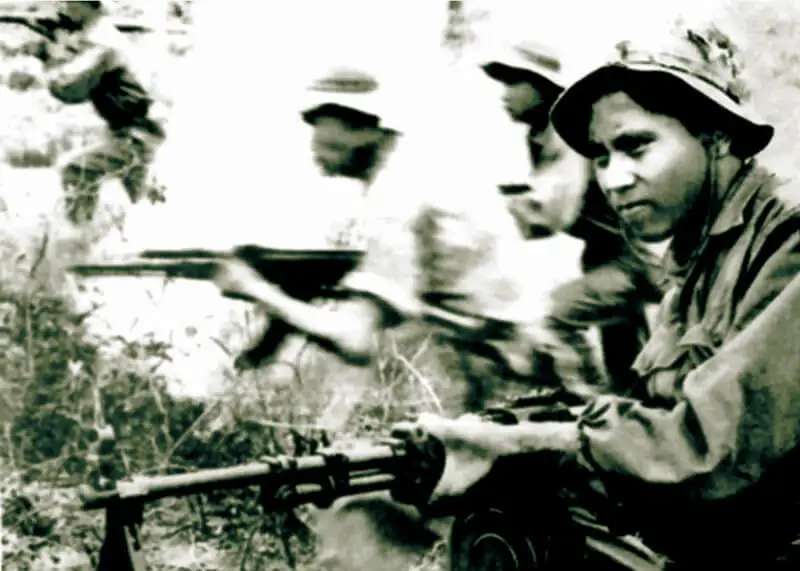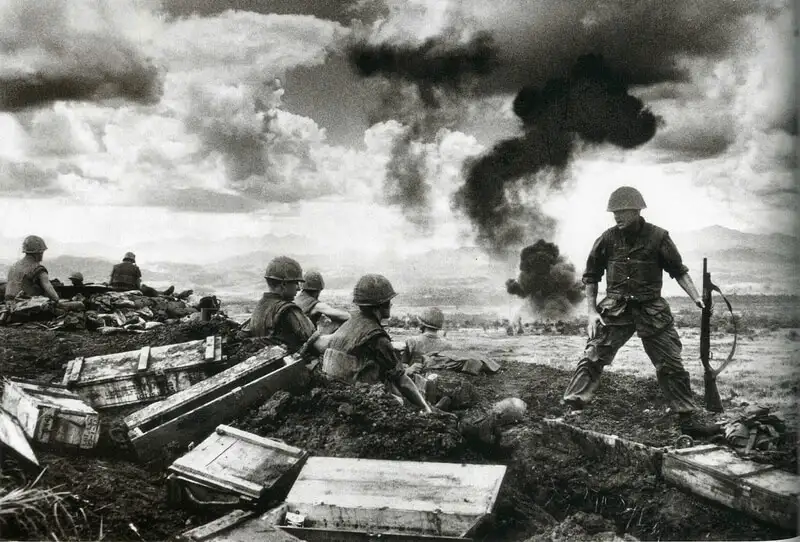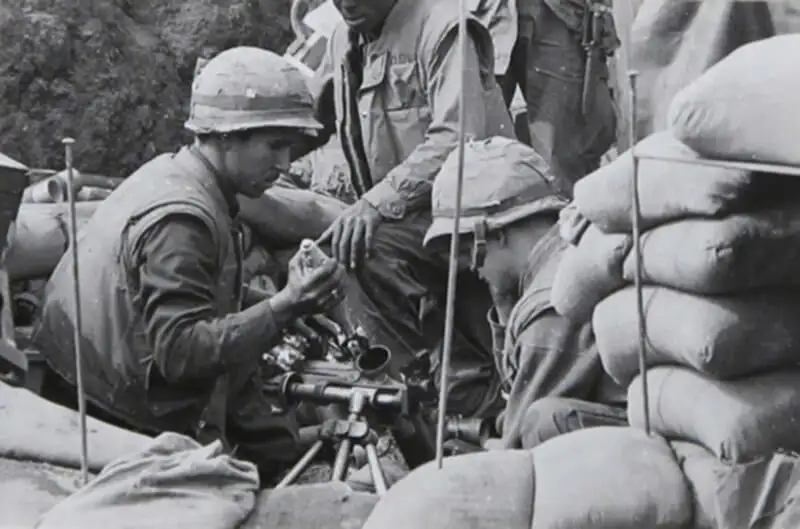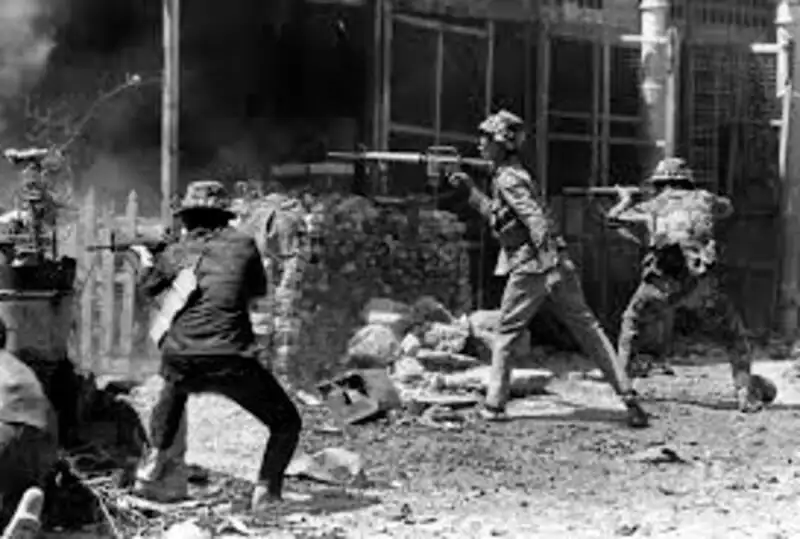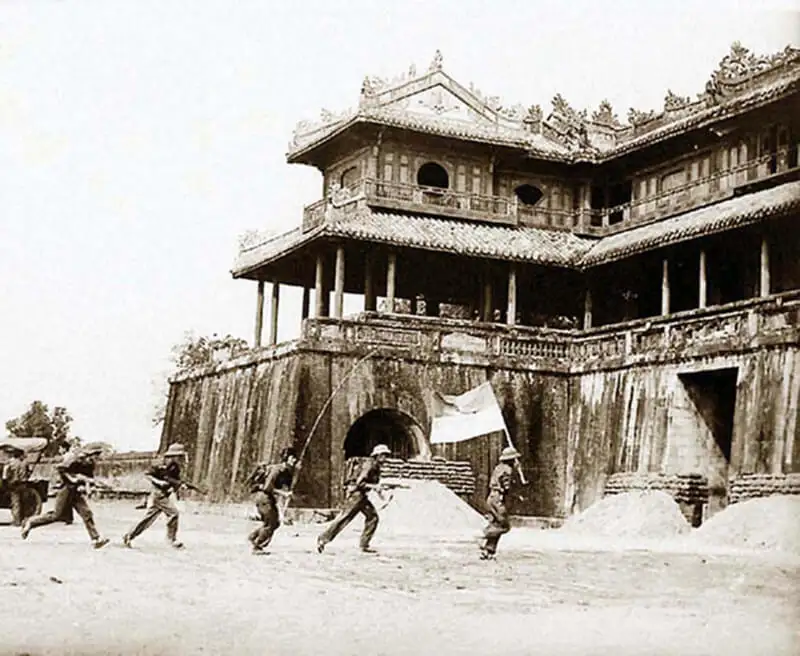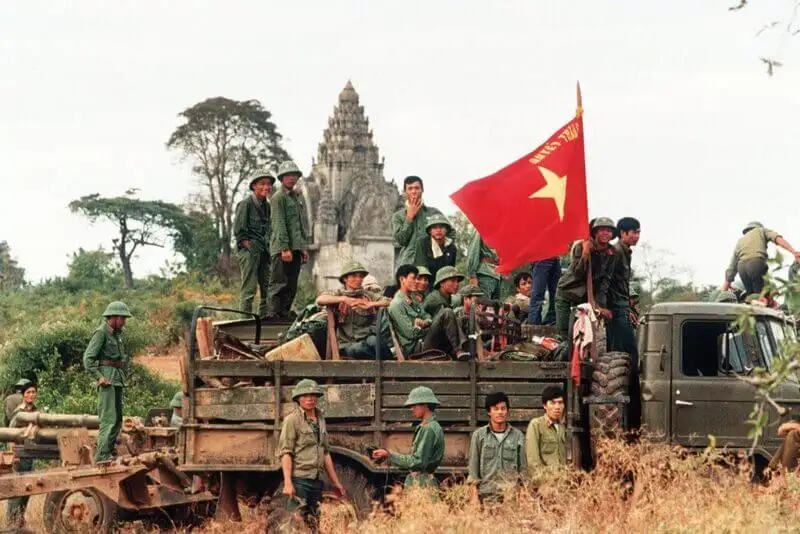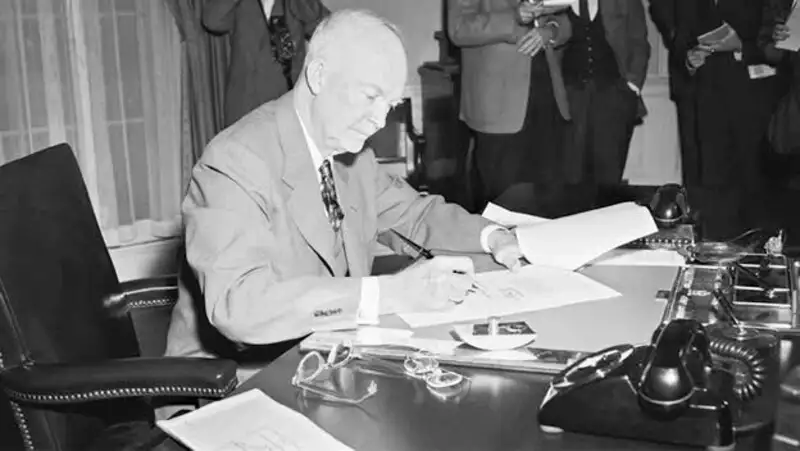The Tet Offensive of 1968 was a coordinated North Vietnamese campaign that struck over 100 targets in South Vietnam, aiming to spark an uprising and reduce U.S. intervention. Despite suffering heavy losses, the campaign achieved a strategic victory by shaking American public confidence, marking a pivotal turning point in the Vietnam War and initiating the process of U.S. withdrawal. In this article, Pywar provides a comprehensive perspective on this historic event, covering its context, developments, and strategic impact.
What Was the Tet Offensive 1968?
Tet, the Lunar New Year celebration, is the most significant holiday of the year for Vietnamese people. In previous years, it had often served as an occasion for an unofficial ceasefire between the two sides in the Vietnam War—South Vietnam and North Vietnam (along with their communist allies in the South, the Viet Cong).
However, in early 1968, North Vietnam’s military commander, General Vo Nguyen Giap, chose January 31 as the date to launch a surprise, coordinated offensive to break the deadlock in the Vietnam War. General Giap, in collaboration with Chairman Ho Chi Minh, believed the attacks would cause the Army of the Republic of Vietnam (ARVN) to collapse while inciting discontent and rebellion among the South Vietnamese populace.
Moreover, Giap believed the alliance between South Vietnam and the United States was already fragile. He hoped the campaign would deepen tensions between the two, forcing U.S. leaders to abandon their defense of South Vietnam.

- A scene of fierce combat during the Tet Offensive 1968, a campaign that altered the course of the Vietnam War. (Source: Collected) (Source: Collected)
Did You Know? In February 1968, shortly after the Tet Offensive, renowned television journalist Walter Cronkite, known for his neutral and objective reporting on the war, declared: “It seems now more certain than ever that the bloody experience of Vietnam is to end in a stalemate.”
This statement sent shockwaves through the American public. President Lyndon B. Johnson reportedly told an aide: “If I’ve lost Cronkite, I’ve lost the confidence of America.”
The Attack on Khe Sanh
To prepare for the Tet Offensive, General Vo Nguyen Giap and the People’s Army of Vietnam (PAVN) launched a series of attacks in the fall of 1967 targeting remote U.S. outposts in the Central Highlands of Vietnam and along the Laos-Cambodia border.
On January 21, 1968, PAVN forces began a massive artillery bombardment of the U.S. Marine base at Khe Sanh, located on a key route from North Vietnam into Laos. As President Lyndon B. Johnson and General William Westmoreland focused their attention on defending Khe Sanh, General Giap prepared to deploy 70,000 troops for his primary objective: the Tet Offensive 1968.

- U.S. Marines at Khe Sanh preparing for battle, facing a massive artillery barrage from North Vietnamese forces during the Tet Offensive 1968. (Source: Collected) (Source: Collected)
The Tet Offensive Begins
In the early hours of January 30, 1968, Viet Cong forces attacked 13 cities in central South Vietnam, just as many families began celebrating Tet.
Within 24 hours, PAVN and Viet Cong forces struck a wide range of additional targets across the South, including cities, towns, government buildings, and U.S. or ARVN military bases. In total, more than 120 attacks took place throughout South Vietnam.
In a daring assault on the U.S. Embassy in Saigon, a Viet Cong platoon breached the compound’s courtyard before being neutralized by U.S. forces. Images of the attack, along with initial U.S. losses, shocked American and international audiences when broadcast on television.
Though General Giap achieved the element of surprise, his forces were spread too thin in this ambitious campaign. As a result, U.S. and ARVN troops successfully counterattacked, inflicting heavy losses on the Viet Cong.

- U.S. soldiers in a trench during the Tet Offensive 1968, as over 120 targets across South Vietnam were hit in a surprise assault. (Source: Collected) (Source: Collected)
The Battle of Hue
Particularly fierce fighting erupted in the city of Hue, located on the Perfume River, approximately 50 miles south of the border between North and South Vietnam.
The Battle of Hue lasted over three weeks after PAVN and Viet Cong forces attacked the city on January 31, 1968, quickly overwhelming government forces and seizing control of the ancient citadel.
During their occupation of Hue, Viet Cong soldiers conducted house-to-house searches, rounding up civil servants, religious leaders, teachers, and civilians linked to U.S. or South Vietnamese authorities. Those accused of being “counter-revolutionaries” were executed and buried in mass graves.
On February 26, after regaining control of the city, U.S. and ARVN forces discovered over 2,800 bodies, with approximately 3,000 people still missing, while many temples, palaces, and historical landmarks lay in ruins.
The most intense combat occurred in the citadel, where North Vietnamese forces fought tenaciously to hold their positions against overwhelming U.S. firepower. The harrowing scenes, captured by numerous television crews, showed nearly 150 U.S. Marines and about 400 South Vietnamese soldiers killed in the battle.
On the North Vietnamese side, an estimated 5,000 troops perished, largely due to U.S. airstrikes and artillery bombardments.
“What I witnessed was probably the most intense ground combat over consecutive days compared to any other point in the war,” Howard Prince, a U.S. Army captain, told NPR. “We didn’t know where the enemy was, or even which direction they were coming from,” added Mike Downs, a Marine captain.

- PAVN and Viet Cong forces engaged in fierce combat in Hue during the Tet Offensive 1968, a battle lasting over three weeks with severe losses on both sides. (Source: Collected) (Source: Collected)
Impact of the Tet Offensive 1968
Despite inflicting heavy casualties and failing to ignite a widespread uprising in South Vietnam, the Tet Offensive 1968 is considered a strategic success for North Vietnam.
Before Tet, General William Westmoreland and officials in President Lyndon B. Johnson’s administration had claimed the war was nearing its end. However, the offensive revealed that a protracted conflict still lay ahead, undermining confidence in a Cold War victory.
General Westmoreland even requested over 200,000 additional troops to mount an effective counteroffensive—an action many Americans saw as a sign of desperation.
“You’d heard rosy reports from General William Westmoreland, the U.S. commander in Vietnam,” Mark Bowden, author of Hue 1968, told NPR. “He assured the American people that the war was almost over, that the enemy was only capable of small ambushes in remote areas.”

- Images of PAVN forces advancing into Hue’s citadel during the Tet Offensive 1968, marking a major turning point in the Vietnam War. (Source: Collected)
The Growing Anti-War Movement
As opposition to the Vietnam War swelled in the United States, some of President Lyndon B. Johnson’s advisors, including Clark Clifford (soon to become Secretary of Defense), who had previously supported military escalation in Vietnam, began advocating for a reduction in U.S. involvement.
On March 31, 1968, under immense pressure, President Johnson announced a restriction on bombing North Vietnam south of the 20th parallel (protecting 90% of communist-controlled territory) and called for negotiations to end the war. Simultaneously, he declared he would not seek re-election in November that year.
Though peace talks dragged on for another five years—during which U.S. troop deaths exceeded those of prior years—Johnson’s decision to de-escalate after the Tet Offensive marked a critical shift in America’s involvement in the Vietnam War.

- The anti-war movement in the U.S., with large-scale protests, exerted significant pressure on the government as the Vietnam War escalated. (Source: Collected)
Conclusion
The Tet Offensive 1968 was a pivotal turning point in the Vietnam War. Despite heavy losses, North Vietnam achieved a strategic victory, shaking the confidence of the American public and leadership. From bold assaults on over 100 targets, such as Khe Sanh and the U.S. Embassy in Saigon, to the ferocious Battle of Hue, the campaign exposed the war’s brutal reality.

